Description
Patented Padded Dog Sling with a Leash
For Senior, Disabled or Recovering Dogs
- Helps Dogs with Mobility & Balance
- Sizes for Toy to Giant Breed Dogs
- Patented Top Quality Lifting Aid
- Veterinarian Recommended
- Male & Female Dog Slings
- Adjustable for Height
- No Bunching
- Easy to Use
- Stay On Straps are included with Medium, Large and Tall sizes.
Why Buy a GingerLead Rear Support Dog Sling?
- Help older or disabled dogs who need assistance with their balance or mobility.
- Great for gently lifting dogs up and down stairs
- Support dogs with hind leg weakness by helping them rise to standing position
- Comfortable for your dog — no parts press on dog’s spine
- Assist dogs suffering from arthritis, hip dysplasia, DM or degenerative myelopathy, or other debilitating conditions
- Rehab dogs recovering from a knee, hip or back injury, or orthopedic surgery
The leash may be attached to:
(1) collar for control of younger, more exuberant dogs recovering from surgery
(2) a chest harness for older dogs needing additional support, or
(3) detached for machine washing, or if your dog’s particular condition does not require the leash.
Stay on Straps are OPTIONAL double-sided Velco strips that cinch the GingerLead straps together, allowing the support pad to stay in place when the handle is released. This can be helpful for owners that prefer to leave the GingerLead on their dog, giving them independence while going potty, opening a door, etc.
IMPORTANT! Never leave on an unsupervised pet. Not intended to be left on overnight. Always follow instructions from your veterinarian for your pet’s specific condition.
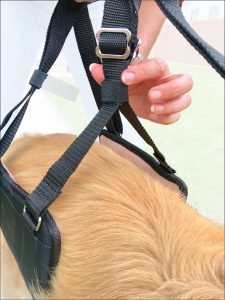
GingerLead Dog Sling Stay-on Straps
Helpful Videos:
How to Adjust the GingerLead Sling
How to Help Dogs Up and Down Stairs with GingerLead
Using the Optional Stay On Straps
Conditions with Rear End Weakness
- Arthritis in knees, hips or back
- Hip Dysplasia
- CCL (knee) Injuries
- Degenerative Myelopathy (CDRM)
- Canine Vestibular Disease
- Back or Spinal Injuries
- Canine Cushing’s Disease
- FCE / Fibrocartilaginous Embolism
- Canine Wobbler Syndrome
- Rear Leg Amputees
- Rear Leg Paralysis
- Stroke Recovery
Orthopedic Surgery Recovery & Rehab
- Tibial Plateau Leveling Osteotomy (TPLO)
- Tibial Tuberosity Advancement (TTA)
- Traditional Cranial Cruciate Ligament (CCL)
- Patellar Luxation
- Triple Pelvic Osteotomy (TPO)
- Total Hip Replacement (THR)
- Femoral Head Ostectomy (FHO)
- Intervertebral Disk Disease (IVDD)
- Broken Limb or Hip Injuries
- Conservative Managemento
- Canine Physical therapy
- Used in Veterinary Clinics and Hospitals
GingerLead Measuring & Usage Instructions
GingerLead Tips for Getting Started
Washing Instructions:
Small, Med/Large, & Tall Sizes
1) Prepare: Open support pad and lay it flat. Disconnect the leash strap using the side squeeze buckle, and close the handle.
2) Wash: The GingerLead can be hand or machine washed and air or machine dried. However, we do not recommend the use of bleach or harsh detergents.
3) Dry: Tumble dry low or air dry by hanging the GingerLead from one end, or laying the GingerLead flat. Machine drying may cause some shrinkage.
Mini
1) Prepare: Pull the neoprene handle and support pad off of the straps.
2) Wash: The Mini GingerLead can be hand or machine washed. We do not recommend the use of bleach or harsh detergents.
3) Dry: Air dry only. DO NOT machine dry the neoprene pads.
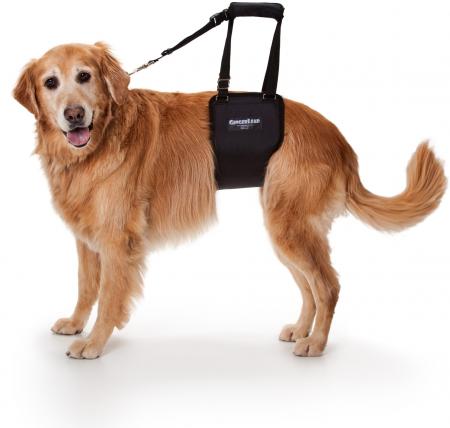













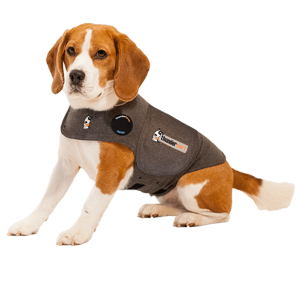
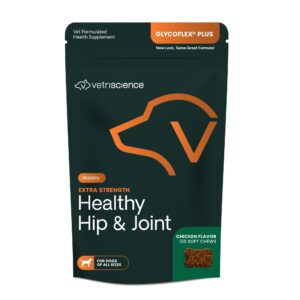
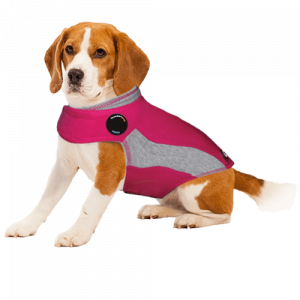
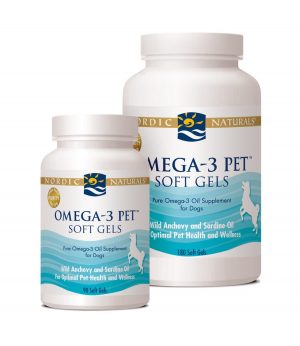
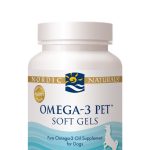
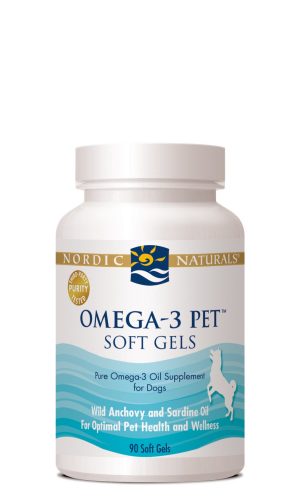 90 Soft Gels - Unflavord
90 Soft Gels - Unflavord 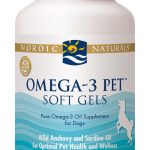
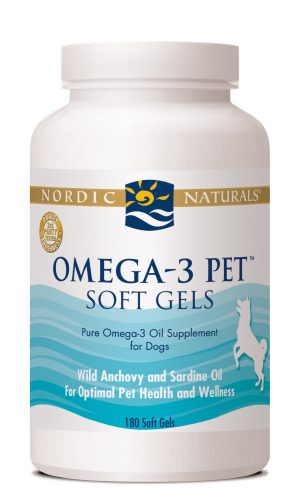 180 Soft Gels - Unflavored
180 Soft Gels - Unflavored
Reviews
There are no reviews yet.